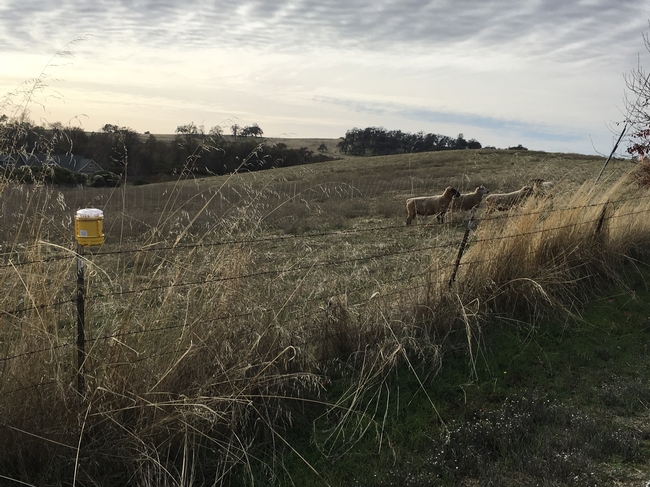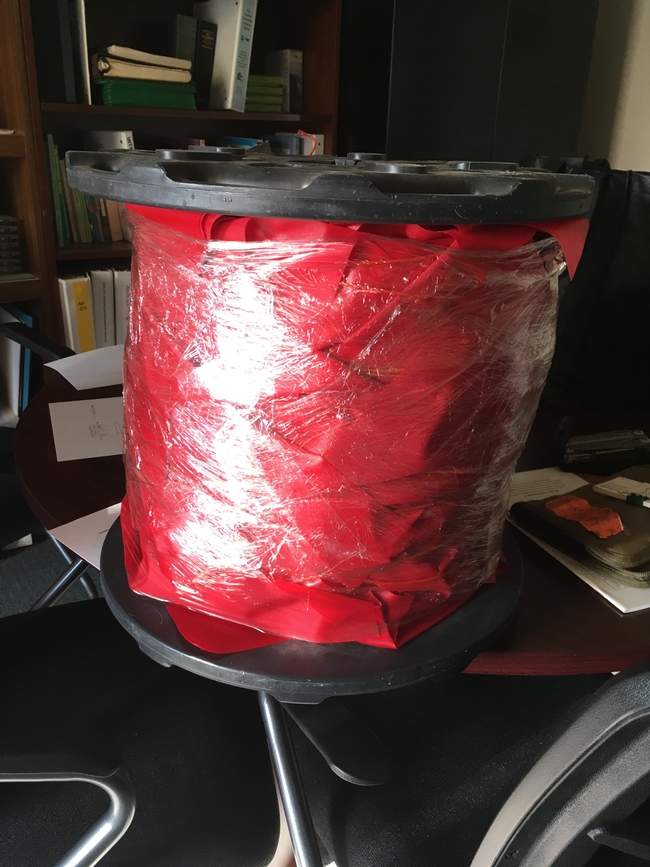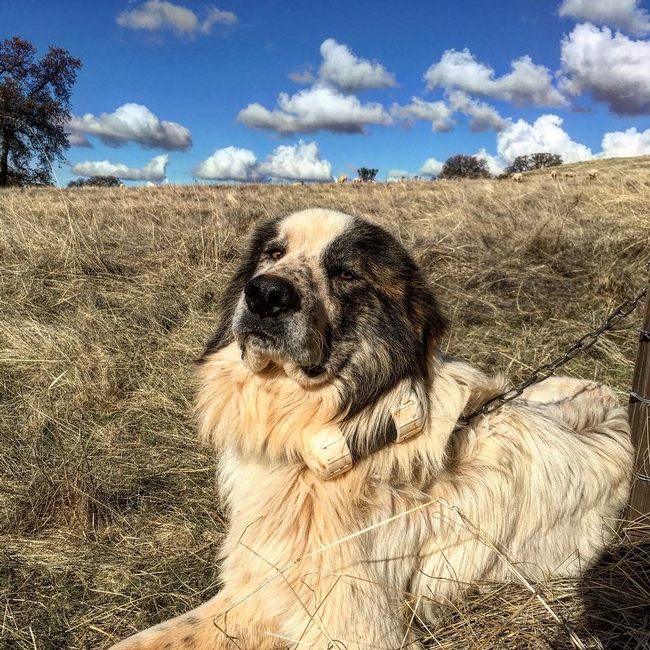As you probably know if you've read previous posts on Ranching in the Sierra Foothills, my go-to tool for protecting sheep on our foothill rangeland and irrigated pasture is my livestock guardian dogs. Since we're trying to protect our sheep from carnivores, it makes sense to protect them with a carnivore! The right dog (or dogs) will protect our sheep from stray dogs, coyotes, mountain lions, black bears, foxes, and other predators. Check these previous posts to learn more about our livestock guardian dogs:
But livestock guardian dogs are not the only tool available! Some recent research suggests that an ever-changing mix of livestock protection tools may be necessary. Predators can adapt, and so must livestock producers. A 2017 paper in the Journal of Mammalogy tracked the adaptive use of a suite of nonlethal livestock protection tools in Idaho (see Stone et al. 2017, "Adaptive use of nonlethal strategies for minimizing wolf-sheep conflict in Idaho"). Other research acknowledges the difficulty designing experimental studies to analyze the effectiveness of specific tools (see Eklund et al. 2017, "Limited evidence on the effectiveness of interventions to reduce livestock predation by large carnivores").
But formal research isn't the only approach to determining whether a given tool works in a specific environment. On-the-ground use of these tools by ranchers in real-world production settings is invaluable. In my experience, the success or failure of a particular livestock protection tool depends, at least in part, on the paradigm and know-how of the person using the tool. I expect the livestock guardian dogs I've "trained" to work in my environment - and when they don't, I try to learn from my mistakes. My own hands-on experience with these dogs gives me a greater level of comfort in using them in a variety of settings. Similarly, my familiarity with electro-net fencing helps me adapt this tool to our environment.
Recently, a group of colleagues and I received grant funding to put on a series of Livestock Protection Tool Field Days in a number of northern California counties that have been visited by gray wolves (Nevada, Sierra, Plumas, Lassen, Modoc and Siskiyou). These field days will be held in late March 2019 (check the calendar on my website for exact dates - go to https://ucanr.edu/sites/Livestock/). In addition to providing information about using livestock guardian dogs in rangeland environments with both cattle and sheep, these field days will give producers an opportunity to set up and use some additional tools, including electro-net fencing, turbo fladry (an electrified fence with flapping red flags that apparently deters wolves), and FoxLights (a device that emits random flashes of light to mimic a person with a flashlight).

We've also purchased a half-mile of turbo fladry. Sometime in the next month, we'll set up a fladry barrier to familiarize ourselves with setting it up and taking it down. Stay tuned for information on this, as well!
As with any tools, there will be a learning curve for these new techniques. I've built lots of temporary electric fence, but laying out a quarter-mile of poly-wire with red vinyl flags will take a different technique. I'll need to learn to place the wire at the proper height to deter wolves. I'll need to figure out how to re-wind the fladry. As always, I'll track the cost of using these tools, as well. With livestock guardian dogs, the costs include dog food and vet bills. With fladry, the cost will mostly involve my own time.
Finally, I know that I learn best by doing. Reading about a technique or a tool is a helpful introduction, but I need to use these tools in a real-world setting to gain any sense about their effectiveness - and about my willingness to use them. I suspect many of you feel the same way! I hope you'll be able to make one of our field days in March!
